Sulawesi Tenggara
Southeast Sulawesi
Southeast Sulawesi
Inae Konasara Iye Pinesara Inae Liasara Iye Pinekasara
Whoever respects customs, he will be honored, but whoever does not respect customs, he will not be respected
 Southeast Sulawesi (Indonesian: Sulawesi Tenggara) is a province on the island of Sulawesi, forming the southeastern peninsula of that island, together with a number of substantial offshore islands such as Buton, Muna, Kabaena and Wawonii (formerly called Wowoni), together with many smaller islands. The capital is the city of Kendari, on the east coast of the peninsula.
Southeast Sulawesi (Indonesian: Sulawesi Tenggara) is a province on the island of Sulawesi, forming the southeastern peninsula of that island, together with a number of substantial offshore islands such as Buton, Muna, Kabaena and Wawonii (formerly called Wowoni), together with many smaller islands. The capital is the city of Kendari, on the east coast of the peninsula.
The province has no highway road connecting to the rest of the island, and the primary transportation link is a ferry across the Bone Gulf between Watampone (Bone) in South Sulawesi and the port of Kolaka in Southeast Sulawesi.
Southeast Sulawesi (abbreviated as Sultra) is a province in Indonesia located in the southeastern part of the island of Sulawesi with the capital city Kendari. Southeast Sulawesi Province is located in the Southeastern Peninsula of Sulawesi Island, geographically located in the southern part of the equator between 02°45′ – 06°15′ South Latitude and 120°45′ – 124°30′ East Longitude and has a land area of 38,140 km². (3,814,000 ha) and waters (sea) covering an area of 110,000 km² (11,000,000 ha).
Southeast Sulawesi was originally the name of one of the districts in South and Southeast Sulawesi Province (Sulselra) with Baubau District as the district capital. Southeast Sulawesi was designated as an Autonomous Region based on Perpu No. 2 of 1964 Juncto Law No. 13 of 1964.
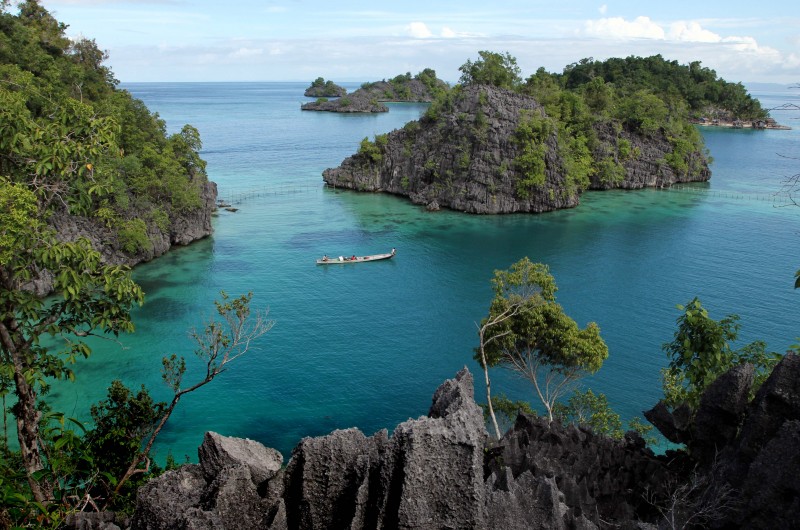 History
History
Through Law no. 29 of 1959, Southeast Sulawesi Regency was divided into four regencies, namely: Buton Regency, Kendari Regency, Kolaka Regency, and Muna Regency. The four tier II regions are still part of the Provinces of South and Southeast Sulawesi.
Government Regulation in Lieu of Law no. 2 of 1964 established Southeast Sulawesi as a Level I Autonomous Region with the capital city Kendari.
 The realization of the formation of the Level I Region of Southeast Sulawesi was carried out on April 27, 1964.
The realization of the formation of the Level I Region of Southeast Sulawesi was carried out on April 27, 1964.
At that time, the Province of the Level I Region of Southeast Sulawesi began to stand alone apart from the Province of the Level I Region of South Sulawesi. Therefore, April 27, 1964 is the birthday of the Province of Southeast Sulawesi Province.
 Currently, Southeast Sulawesi Province has a Liaison Office for Southeast Sulawesi Province at the Global Tower Building located on Jalan Gatot Subroto, DKI Jakarta.
Currently, Southeast Sulawesi Province has a Liaison Office for Southeast Sulawesi Province at the Global Tower Building located on Jalan Gatot Subroto, DKI Jakarta.
Geography
The two major mountain ranges in Southeast Sulawesi are the Tanggeasinua Range and the Mekongga Range. The major rivers are the Lalinda, the Lasolo, and the Sampara.
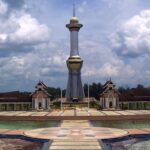

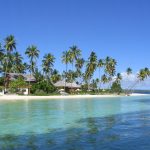
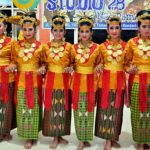

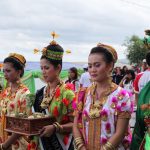
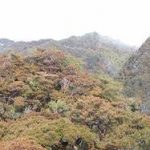












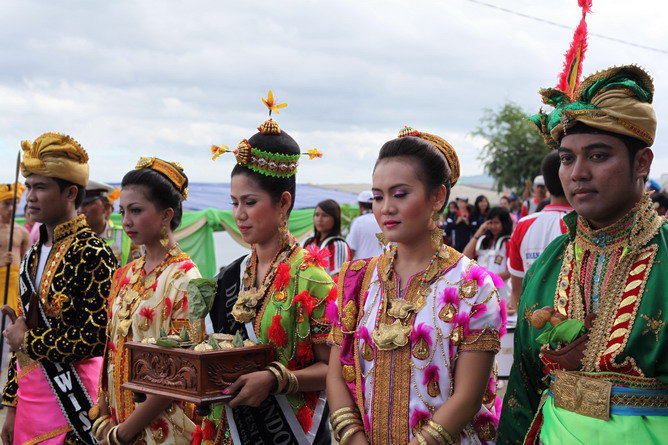 Demographics
Demographics
Total population. In 1990 the population of Southeast Sulawesi was around 1,349,619 people. Then in 2000 it increased to 1,776,292 people and based on the results of the National Socio-Economic Survey of the Central Statistics Agency in 2005 there were 1,959,414 people.
From the publication of the 2010–2035 Indonesian Population Projection, it is stated that the population of Southeast Sulawesi is 2,243.6 (2010), 2,499.5 (2015), 2,755.6 (2020), 3,003.3 (2025), 3,237 ,7 (2030) and 3,458.1 (2035).
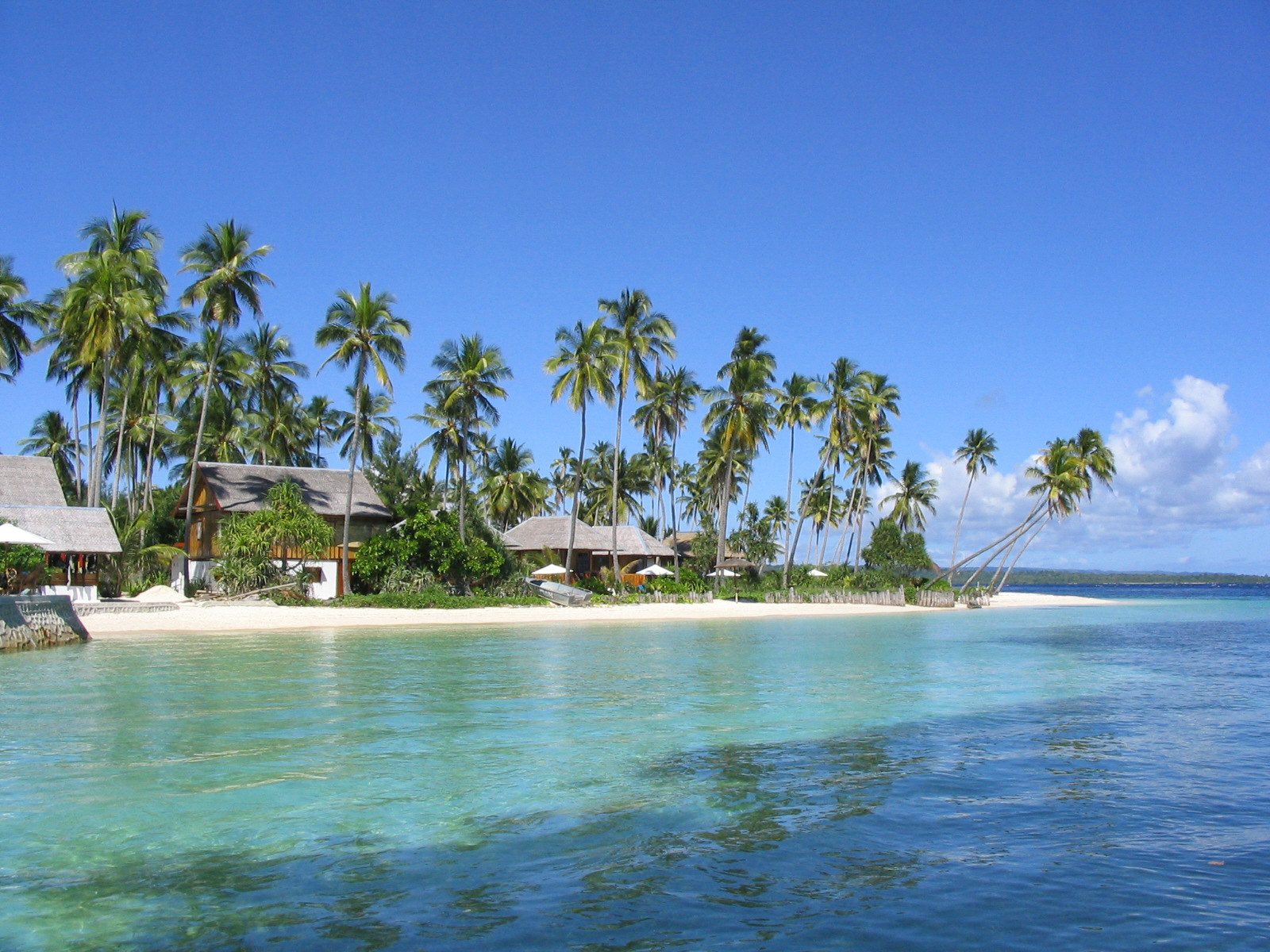 Population growth.
The population growth rate of Southeast Sulawesi during 1990–2000 was 2.79% per year and in 2004–2005 it was 0.02%. showed positive growth, namely 0.03% and 0.02% per year, while other districts showed negative growth.
Population growth.
The population growth rate of Southeast Sulawesi during 1990–2000 was 2.79% per year and in 2004–2005 it was 0.02%. showed positive growth, namely 0.03% and 0.02% per year, while other districts showed negative growth.
Population Structure. The age structure of the population of Southeast Sulawesi in 2005, the population aged under 15 years was 700,433 people (35.75%) of the total population, while the female population reached 984,987 people (20.27%) and the male population reached 974,427 people (49.73%).
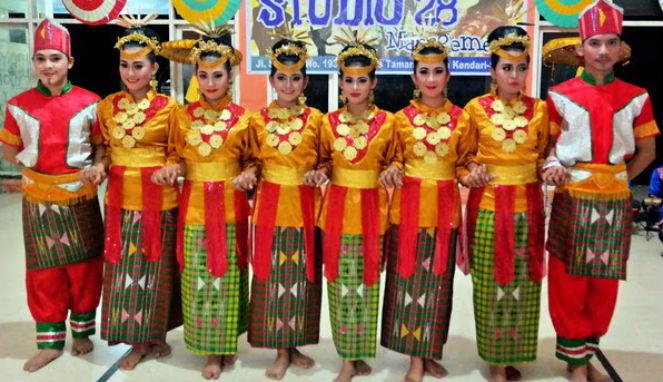 Tribes. The majority of the population inhabiting the province of Southeast Sulawesi are local indigenous tribes, including the Tolaki (Majority Tribe), Wolio-Buton, Muna, and others. There are also immigrant tribes such as Bugis, Javanese, Balinese, Sundanese and other tribes from various regions in Indonesia.
Tribes. The majority of the population inhabiting the province of Southeast Sulawesi are local indigenous tribes, including the Tolaki (Majority Tribe), Wolio-Buton, Muna, and others. There are also immigrant tribes such as Bugis, Javanese, Balinese, Sundanese and other tribes from various regions in Indonesia.
Language. The official language of government agencies in Southeast Sulawesi is Indonesian. Until 2019, the Language Agency noted that there were 15 regional languages in Southeast Sulawesi. The fourteen languages are: (1) Tolaki (Most Speakers), (2) Wolio, (3) Cia-Cia, (4) Culambacu, (5) Muna, (6) Kulisusu, (7) Lasalimu-Kamaru, ( 8) Morunene, (9) Javanese, (10) Pulo, (11) Sasak, (12) Sundanese, (13) Bajo, and (14) Balinese (15) Bugis.
Cuisine
One area that has food that has special features and characteristics that are so different from the others is food that comes from Southeast Sulawesi Province. Here are favorite food choices originating from Southeast Sulawesi.
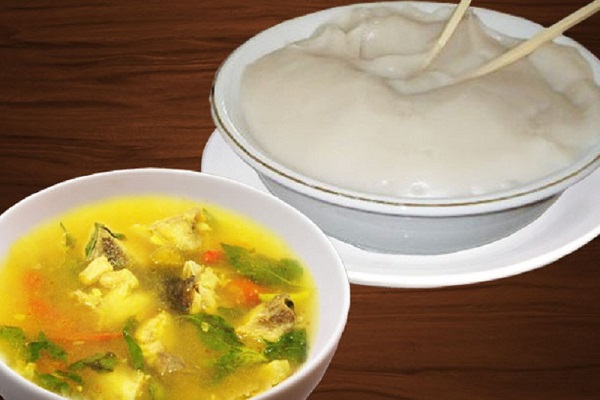 Sinonggi is a food that comes from the Tolaki tribe in Southeast Sulawesi. For the tribe, sinonggi is their staple food, but now the staple food has been slowly replaced by rice. Sinonggi itself is a food made from sago starch.
Sinonggi is a food that comes from the Tolaki tribe in Southeast Sulawesi. For the tribe, sinonggi is their staple food, but now the staple food has been slowly replaced by rice. Sinonggi itself is a food made from sago starch.
The Tolaki tribe has a tradition of eating or eating sinonggi together which is called mosonggi. This food can be a culinary that you must enter into the list of culinary tours.
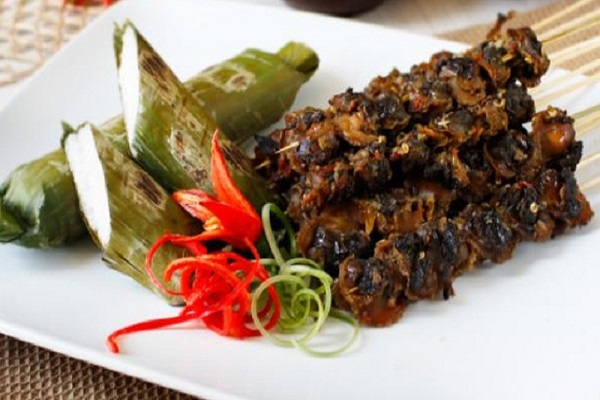 Sate Gogos. Sate is probably a food that is widely available in almost every region in Indonesia. Likewise with Southeast Sulawesi. The area has its own special satay, namely Sate Gogos. Sate gogos is satay made from shellfish.
This scallop satay is sometimes served without any seasoning, only the clams are boiled and then stabbed into satay. But not infrequently also give sweet bacem seasoning, or use spices that have a spicy taste.
Sate Gogos. Sate is probably a food that is widely available in almost every region in Indonesia. Likewise with Southeast Sulawesi. The area has its own special satay, namely Sate Gogos. Sate gogos is satay made from shellfish.
This scallop satay is sometimes served without any seasoning, only the clams are boiled and then stabbed into satay. But not infrequently also give sweet bacem seasoning, or use spices that have a spicy taste.
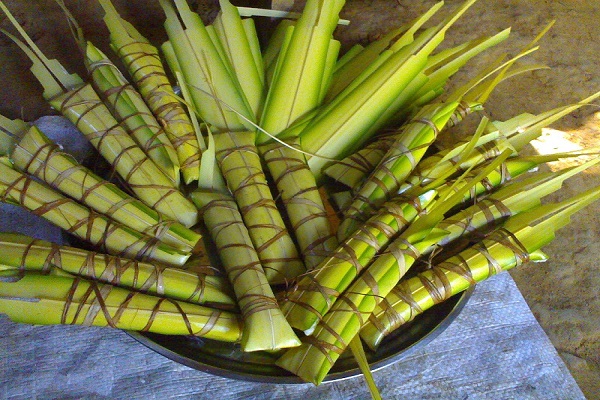 Lapa-lapa is a type of rice cake because its shape is so similar to rice cake. What distinguishes lapa-lapa is wrapped using coconut leaves. Apart from the different wrapping tools and the manufacturing process is also different, you know!
Lapa-lapa is a type of rice cake because its shape is so similar to rice cake. What distinguishes lapa-lapa is wrapped using coconut leaves. Apart from the different wrapping tools and the manufacturing process is also different, you know!
This dish is made from rice cooked using coconut milk, then after half cooked the rice is removed and cooled. After that, it is wrapped in coconut leaves and then boiled until it is completely cooked. Usually this food is suitable to be served with salted fish.
 Kasoami. This dish originates from Southeast Sulawesi and is made from sweet potato as the main ingredient. Kasoami can usually be used as a staple food, because it is often served with fried fish, salted fish, grilled fish and vegetables.
But not infrequently this food can be enjoyed with just potluck coupled with sweet tea drinks. Kasoami has a very distinctive taste, and also has a taste that is quite delicious and spoils the taste buds of the audience.
Kasoami. This dish originates from Southeast Sulawesi and is made from sweet potato as the main ingredient. Kasoami can usually be used as a staple food, because it is often served with fried fish, salted fish, grilled fish and vegetables.
But not infrequently this food can be enjoyed with just potluck coupled with sweet tea drinks. Kasoami has a very distinctive taste, and also has a taste that is quite delicious and spoils the taste buds of the audience.
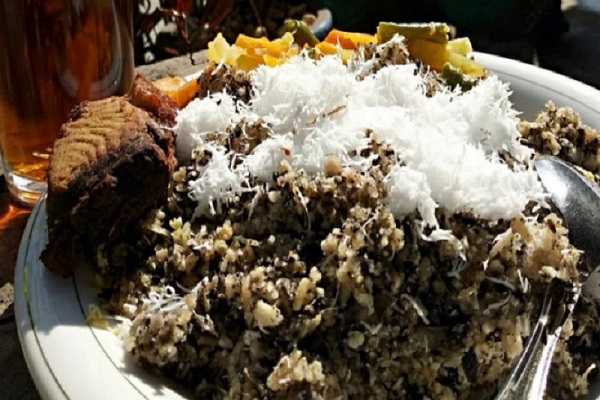 Kabuto is a dish made from cassava or cassava as the basic ingredient. The manufacturing process is not complicated. Cassava is only dried and allowed to mold, and remains stored for a certain period of time.
Kabuto is a dish made from cassava or cassava as the basic ingredient. The manufacturing process is not complicated. Cassava is only dried and allowed to mold, and remains stored for a certain period of time.
It’s an easy process, but it takes a long time. Once ready, the cassava is only mixed with grated coconut to add a savory taste to this one culinary. This menu is usually served with salted fish as a complement.
Maybe you will not be able to find this one food outside the Southeast Sulawesi area. So don’t miss the opportunity to taste this food while on vacation to Southeast Sulawesi.

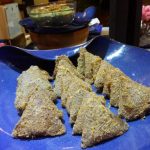

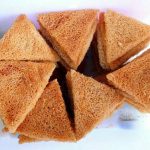

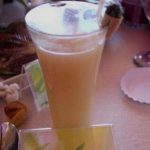
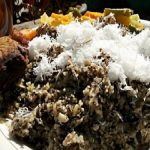
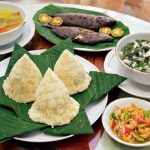
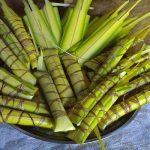
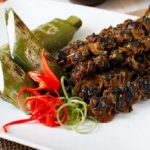
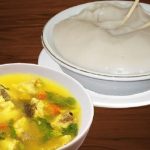












Kabupaten & Kota
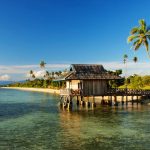
Buton Utara

Buton Tengah
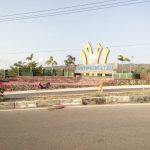
Buton Selatan
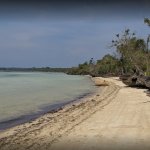
Bombana
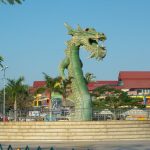
Baubau
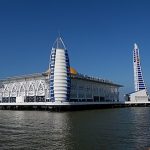
Kendari
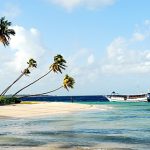
Wakatobi
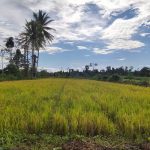
Muna

Muna Barat

Konawe
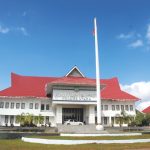
Konawe Utara
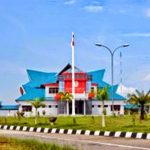
Konawe Selatan
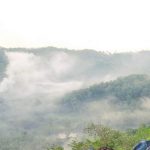
Konawe Kepulauan
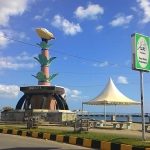
Kolaka

Kolaka Utara
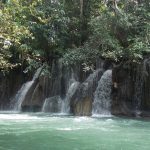
Kolaka Timur

Buton

Buton Utara

Buton Tengah

Buton Selatan

Bombana

Baubau

Kendari

Wakatobi

Muna

Muna Barat

Konawe

Konawe Utara

Konawe Selatan
